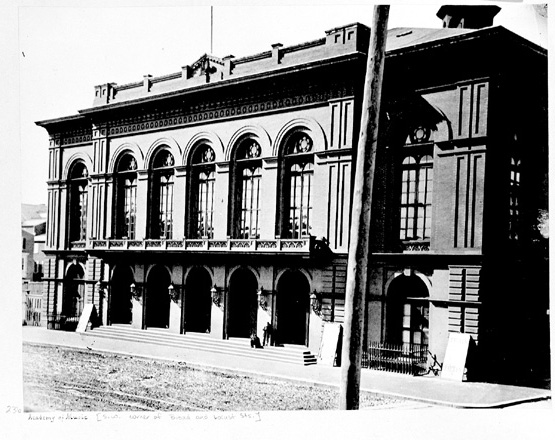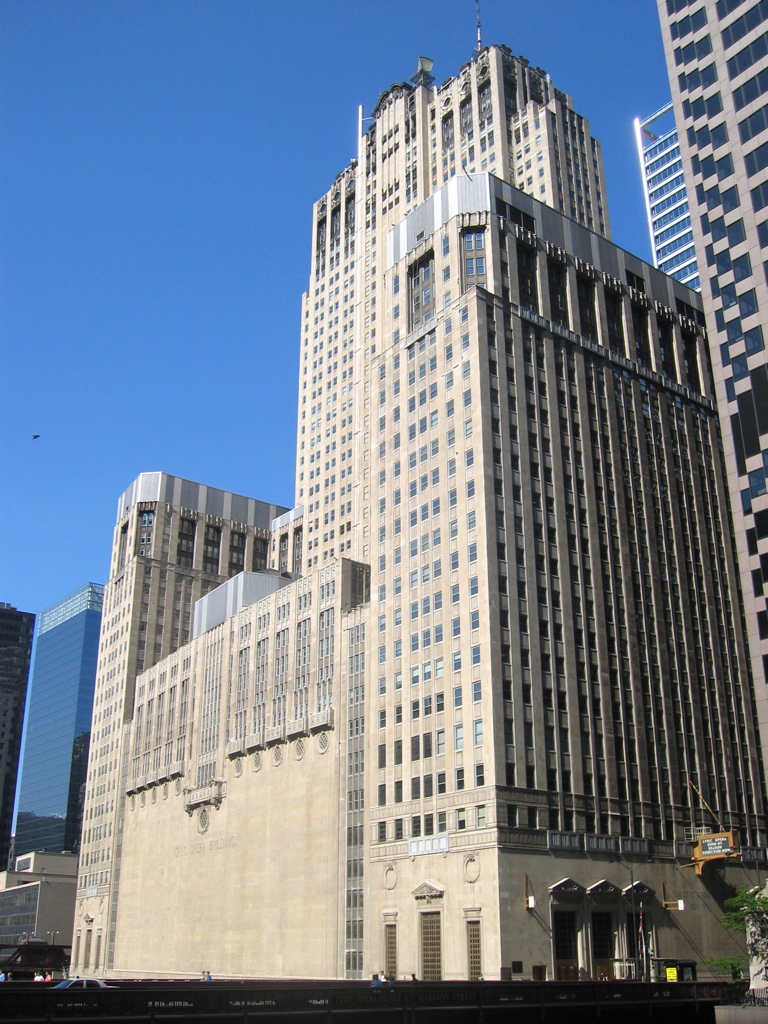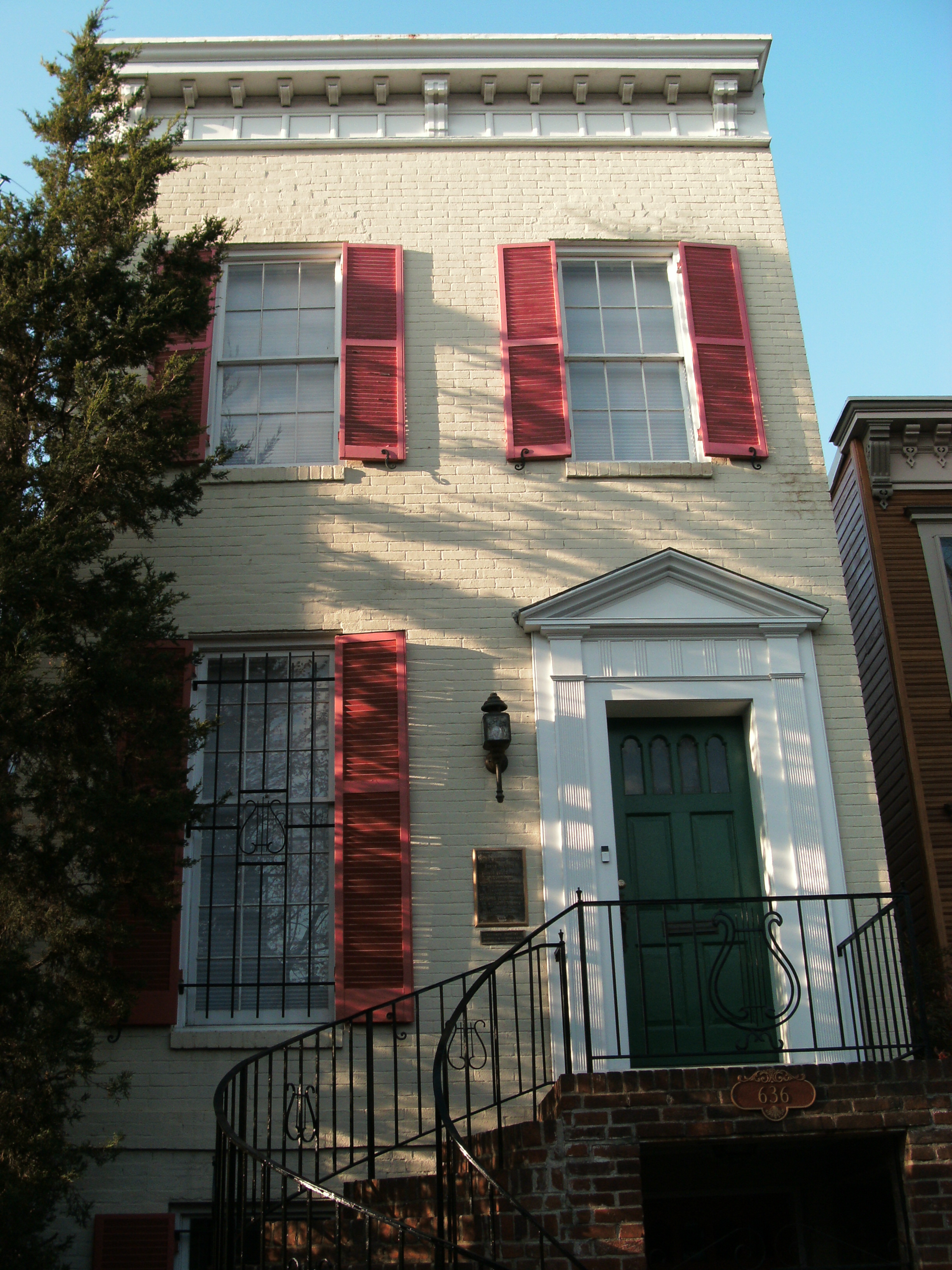|
Simone Mantia
Simone Mantia (6 February 1873 – 25 June 1951) was an American baritone horn/euphonium virtuoso and also trombone artist at the turn of the twentieth century. He was both a performer and administrator with many American band and orchestral ensembles. On baritone/euphonium he is often cited as the master of the instrument in his time. Life Simone Mantia was born on 6 February 1873 in Palermo, Sciacca, Sicily, Italy. In 1890, at the age of 17, he immigrated to the United States along with his family.Renshaw, Gretchen, Biography by the Archivist, Simone Mantia website, http://www.simonemantia.com retrieved 4/1/2011 He would spend much of his life in and around New York City, performing in many ensembles and also teaching privately. In later years, he resided with his wife in a very small New York City, New York apartment.Lehman, Arthur, A Quick Analysis of Simone Mantia's Artistry On the Euphonium, 2008, http://www.dwerden.com/eu-articles-lehman-Mantia2008.cfm, retrieved 4/1/2011 ... [...More Info...] [...Related Items...] OR: [Wikipedia] [Google] [Baidu] |
Sciacca
Sciacca (; Greek language, Greek: ; Latin: Thermae Selinuntinae, Thermae Selinuntiae, Thermae, Aquae Labrodes and Aquae Labodes) is a town and ''comune'' in the province of Agrigento on the southwestern coast of Sicily, southern Italy. It has views of the Mediterranean Sea. History Thermae was founded in the 5th century BC by the Ancient Greece, Greeks, as its name suggests, as a thermal spa for Selinunte, 30 km distant, whose citizens came there to bathe in the sulphurous spring (hydrosphere), springs, still much valued for their medical properties, of Mount San Calogero which rises up behind the town. There is no account of the existence of a town on the site during the period of the independence of Selinunte, though the thermal waters would always have attracted some population to the spot. It seems to have been much frequented in the time of the Romans. At a later period they were called the Aquae Labodes or Larodes, under which name they appear in the Itineraries. Pliny the ... [...More Info...] [...Related Items...] OR: [Wikipedia] [Google] [Baidu] |
Baritone Horn
The baritone horn, or sometimes just called baritone, is a low-pitched brass instrument in the saxhorn family.Robert Donington, "The Instruments of Music", (pp. 113ff ''The Family of Bugles'') 2nd ed., Methuen, London, 1962 It is a piston-valve brass instrument with a bore that is mostly conical (like the higher pitched flugelhorn and alto (tenor) horn) but it has a narrower bore compared to the similarly pitched euphonium. It uses a wide-rimmed cup mouthpiece like that of its peers, the trombone and euphonium. Like the trombone and the euphonium, the baritone horn can be considered either a transposing or non-transposing instrument. In the UK, the baritone horn is part of the standardised instrumentation of brass bands. In concert band music, there is often a part marked ''baritone'', but these parts are most commonly intended for, and played on, the euphonium. A baritone can also play music written for a trombone due to similar pitches. Construction and general charac ... [...More Info...] [...Related Items...] OR: [Wikipedia] [Google] [Baidu] |
Arthur Pryor
Arthur Willard Pryor (September 22, 1869 – June 18, 1942) was a trombone virtuoso, bandleader, and soloist with the Sousa Band. He was a prolific composer of band music, his best-known composition being "The Whistler and His Dog". In later life, he became a Democratic Party politician from New Jersey, who served on the Monmouth County Board of Chosen Freeholders during the 1930s. Early life and education He was born on September 22, 1869 on the second floor of the Lyceum Theater in Saint Joseph, Missouri. He was the son of Samuel Pryor, bandmaster and founder of the original Pryor band, and his wife. Arthur first took up music at a very young age under the tutelage of his father and was playing the valve trombone by age 11. The story goes that whenever he hit a sour note while practicing, his father planted a resounding crack on his head with a violin bow. The boy developed until he was so skilled that he won a place in the John Philip Sousa's band. He was hailed as a pr ... [...More Info...] [...Related Items...] OR: [Wikipedia] [Google] [Baidu] |
Philadelphia Grand Opera
The Philadelphia Grand Opera Company was the name of four different American opera companies active at the Academy of Music in Philadelphia, Pennsylvania during the twentieth century. The last and best known of the four was founded in November 1954 with the merger of the Philadelphia Civic Grand Opera Company and the Philadelphia La Scala Opera Company. That company in turn merged with the Philadelphia Lyric Opera Company in 1975 to form the Opera Company of Philadelphia. Of the three earlier companies, only one lasted beyond one season; a company founded in 1926 which later became associated with the Curtis Institute of Music in 1929. That company closed its doors in 1932 due to financial reasons during the Great Depression. The first Philadelphia Grand Opera Companies:1916 The first company to be known as the Philadelphia Grand Opera Company (PGOC) was founded in 1916. Its first production, Gaetano Donizetti's ''Lucia di Lammermoor'', opened on December 18 of that year at the Aca ... [...More Info...] [...Related Items...] OR: [Wikipedia] [Google] [Baidu] |
Chicago Lyric Opera
Lyric Opera of Chicago is one of the leading opera companies in the United States. It was founded in Chicago in 1954, under the name 'Lyric Theatre of Chicago' by Carol Fox, Nicola Rescigno and Lawrence Kelly, with a season that included Maria Callas's American debut in ''Norma''. The company was re-organized by Fox in 1956 under its present name and, after her 1981 departure, it has continued to be of one of the major opera companies in the United States. The Lyric is housed in a theater and related spaces in the Civic Opera Building. These spaces are now owned by the Lyric. Opera in Chicago 1850–1954 The first opera to be performed in Chicago was Bellini's ''La sonnambula'', presented by a traveling opera company on 29 July 1850. Chicago's first opera house opened in 1865 but was destroyed in the Great Fire of Chicago in 1871. The second opera house, the Chicago Auditorium, opened in 1889. In 1929 the current Civic Opera House on 20 North Wacker Drive was opened, though th ... [...More Info...] [...Related Items...] OR: [Wikipedia] [Google] [Baidu] |
NBC Symphony
The National Broadcasting Company (NBC) is an American English-language commercial broadcast television and radio network. The flagship property of the NBC Entertainment division of NBCUniversal, a division of Comcast, its headquarters are located at Comcast Building in New York City. The company also has offices in Los Angeles at 10 Universal City Plaza and Chicago at the NBC Tower. NBC is the oldest of the traditional "Big Three" American television networks, having been formed in 1926 by the Radio Corporation of America. NBC is sometimes referred to as the "Peacock Network," in reference to its stylized peacock logo, introduced in 1956 to promote the company's innovations in early color broadcasting. NBC has twelve owned-and-operated stations and nearly 200 affiliates throughout the United States and its territories, some of which are also available in Canada and Mexico via pay-television providers or in border areas over the air. NBC also maintains brand licensing ... [...More Info...] [...Related Items...] OR: [Wikipedia] [Google] [Baidu] |
New York Philharmonic
The New York Philharmonic, officially the Philharmonic-Symphony Society of New York, Inc., globally known as New York Philharmonic Orchestra (NYPO) or New York Philharmonic-Symphony Orchestra, is a symphony orchestra based in New York City. It is one of the leading American orchestras popularly referred to as the "Big Five (orchestras), Big Five". The Philharmonic's home is David Geffen Hall, located in New York's Lincoln Center for the Performing Arts. Founded in 1842, the orchestra is one of the oldest musical institutions in the United States and the oldest of the "Big Five" orchestras. Its record-setting 14,000th concert was given in December 2004. History Founding and first concert, 1842 The New York Philharmonic was founded in 1842 by the American conductor Ureli Corelli Hill, with the aid of the Irish composer William Vincent Wallace. The orchestra was then called the Philharmonic Society of New York. It was the third Philharmonic on American soil since 1799, and had as it ... [...More Info...] [...Related Items...] OR: [Wikipedia] [Google] [Baidu] |
Metropolitan Opera
The Metropolitan Opera (commonly known as the Met) is an American opera company based in New York City, resident at the Metropolitan Opera House at Lincoln Center, currently situated on the Upper West Side of Manhattan. The company is operated by the non-profit Metropolitan Opera Association, with Peter Gelb as general manager. As of 2018, the company's current music director is Yannick Nézet-Séguin. The Met was founded in 1883 as an alternative to the previously established Academy of Music opera house, and debuted the same year in a new building on 39th and Broadway (now known as the "Old Met"). It moved to the new Lincoln Center location in 1966. The Metropolitan Opera is the largest classical music organization in North America. Until 2019, it presented about 27 different operas each year from late September through May. The operas are presented in a rotating repertory schedule, with up to seven performances of four different works staged each week. Performances are ... [...More Info...] [...Related Items...] OR: [Wikipedia] [Google] [Baidu] |
Trombonist
The trombone (german: Posaune, Italian, French: ''trombone'') is a musical instrument in the brass family. As with all brass instruments, sound is produced when the player's vibrating lips cause the air column inside the instrument to vibrate. Nearly all trombones use a telescoping slide mechanism to alter the pitch instead of the valves used by other brass instruments. The valve trombone is an exception, using three valves similar to those on a trumpet, and the superbone has valves and a slide. The word "trombone" derives from Italian ''tromba'' (trumpet) and ''-one'' (a suffix meaning "large"), so the name means "large trumpet". The trombone has a predominantly cylindrical bore like the trumpet, in contrast to the more conical brass instruments like the cornet, the euphonium, and the French horn. The most frequently encountered trombones are the tenor trombone and bass trombone. These are treated as non-transposing instruments, reading at concert pitch in bass clef, with h ... [...More Info...] [...Related Items...] OR: [Wikipedia] [Google] [Baidu] |
University Of Illinois
The University of Illinois Urbana-Champaign (U of I, Illinois, University of Illinois, or UIUC) is a public land-grant research university in Illinois in the twin cities of Champaign and Urbana. It is the flagship institution of the University of Illinois system and was founded in 1867. Enrolling over 56,000 undergraduate and graduate students, the University of Illinois is one of the largest public universities by enrollment in the country. The University of Illinois Urbana-Champaign is a member of the Association of American Universities and is classified among "R1: Doctoral Universities – Very high research activity". In fiscal year 2019, research expenditures at Illinois totaled $652 million. The campus library system possesses the second-largest university library in the United States by holdings after Harvard University. The university also hosts the National Center for Supercomputing Applications and is home to the fastest supercomputer on a university campus. The u ... [...More Info...] [...Related Items...] OR: [Wikipedia] [Google] [Baidu] |
John Philip Sousa
John Philip Sousa ( ; November 6, 1854 – March 6, 1932) was an American composer and conductor of the late Romantic era known primarily for American military marches. He is known as "The March King" or the "American March King", to distinguish him from his British counterpart Kenneth J. Alford. Among his best-known marches are "The Stars and Stripes Forever" (National March of the United States of America), "Semper Fidelis" (official march of the United States Marine Corps), " The Liberty Bell", "The Thunderer", and "The Washington Post". Sousa began his career playing violin and studying music theory and composition under John Esputa and George Felix Benkert. His father enlisted him in the United States Marine Band as an apprentice in 1868. He left the band in 1875, and over the next five years, he performed as a violinist and learned to conduct. In 1880 he rejoined the Marine Band, and he served there for 12 years as director, after which he was hired to conduct a ban ... [...More Info...] [...Related Items...] OR: [Wikipedia] [Google] [Baidu] |
Slide Trombone
The trombone (german: Posaune, Italian, French: ''trombone'') is a musical instrument in the brass family. As with all brass instruments, sound is produced when the player's vibrating lips cause the air column inside the instrument to vibrate. Nearly all trombones use a telescoping slide mechanism to alter the pitch instead of the valves used by other brass instruments. The valve trombone is an exception, using three valves similar to those on a trumpet, and the superbone has valves and a slide. The word "trombone" derives from Italian ''tromba'' (trumpet) and ''-one'' (a suffix meaning "large"), so the name means "large trumpet". The trombone has a predominantly cylindrical bore like the trumpet, in contrast to the more conical brass instruments like the cornet, the euphonium, and the French horn. The most frequently encountered trombones are the tenor trombone and bass trombone. These are treated as non-transposing instruments, reading at concert pitch in bass clef, wit ... [...More Info...] [...Related Items...] OR: [Wikipedia] [Google] [Baidu] |








